Nearly four years ago I wrote a post on choosing a digital camera. Now technology has moved on, technology has got smaller, better (in most cases) and cheaper which means that digital cameras are now cheaper and the chance of getting a digital SLR are now easier.
Now I don’t confess to being a real photography gear geek and know all there is to know about each and every model of camera out there. To be honest, I don’t want to know. I read the odd article in magazines and on the internet, but I prefer to get recommendations from people who have actually used the equipment and give it good reviews.
I do have a few guidelines though when recommending a camera. So here they are. I hope they prove to be useful.
1. Stick with the following brands: Canon, Nikon or Sony. These are the big three brands, well, Sony is catching up and in my opinion is ahead of any of the other brands other than Canon and
Nikon, and yes, I use Sony, so I can recommend them based on experience.
So why only choose those three. Well, they are the most popular brands and if you look at any pro photographer whether it’s a wedding photographer or a National Geographic photographer, nine out of ten of them will be using either
Nikon and Canon and the other one will probably use Sony. Well, ok, forty nine out of fifty will use Canon or
Nikon and the other one will use Sony. So that’s got to prove something hasn’t it?
The other reason is that as more people are using those brands, there will be more second hand equipment available which is always well worth looking at when choosing a digital SLR. Photographers will generally look after their equipment, so the second hand market is always something to consider.
2. Don’t spend all your hard earned cash on the best camera body. The camera lens is very important and can have a big effect on the quality of the image. In some camera plus lens bundles, the lens can be of lower quality with a high quality body. This isn’t always the case but it’s worth doing your homework on both the lens and the body. Don’t just assume the lens is going to be a good one.
3. Do your homework. OK, you’ve seen a few options within your budget, you’ve checked that the lens and body package is a good one, but now you need to check what other people think so it’s time to hit the internet. There are lots of places to find out what other people think about a product. Forums can be good but you have to take a lot of what people say with a pinch of salt. People like to talk about bad experiences a lot more than good experiences so you might see two people say something bad but there could be a hundred people who think the equipment is great.
Reviews are something that you should pay attention to. If a product has had 20 reviews and they are all good reviews, there is a good chance the product is actually pretty good but if they are all bad reviews, then I’d probably steer clear of that product. One handy site I’ve seen is TestFreaks.co.uk as it gathers camera reviews from several web sites into one place. I often use
amazon as a source for reviews even though I might not actually buy from them, but it has served me well so far.
So, do your homework and narrow down your choices.
4. Test your options out. OK, so now you narrowed your choice down to maybe three or four options, but so far you’ve not actually held them in your hand. An important factor is confort and ease of use. If you can’t figure out easily where the menu options are, or the dials aren’t easy to turn then you aren’t going to enjoy using the camera. So, unless you know other photographers with those cameras, it’s time to go along to your high street store and try the cameras out. It’s here you have to be strong and not get persuaded by the salesman to buy there and then. If you find the perfect camera though, don’t be afraid to haggle. High street shops are desperate for business so it never hurts to ask. Most shops will price match too so don’t forget to ask.
You’ll notice I haven’t been mentioning any specific camera models in this article and to be honest, I don’t need to. If you set yourself a budget of say 20,000 RS and choose a camera from canon,
nikon or sony they are, ready for this, all going to be very similar. To a beginner or someone just starting out with a digital SLR you aren’t going to really notice the differences between them and each one will give you all the tools you need to learn photography and achieve some great images.
So, work out your budget. Work out all the bits you will need like memory cards, a bag etc etc then look at what cameras are available with the cash you have available. Do your homework, read what other people think and test them out if you can and you will pick a camera that will serve you well and let you get out an enjoy photography.

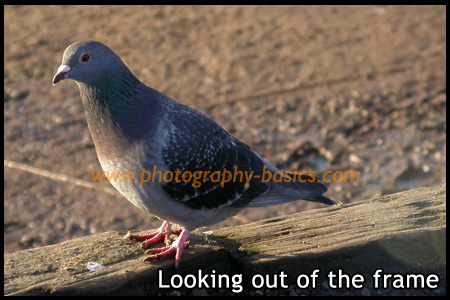
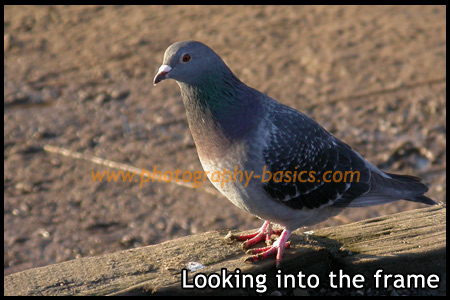
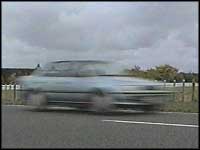
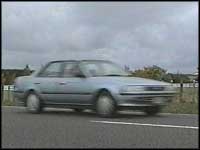
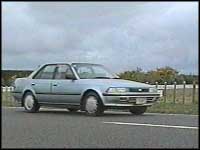
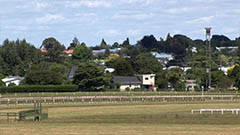
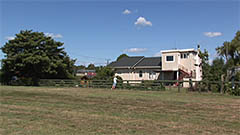


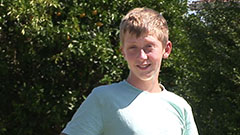

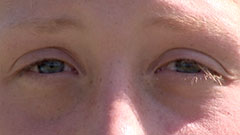
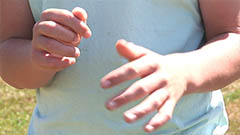

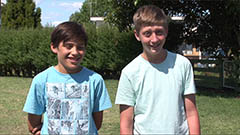
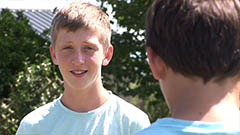
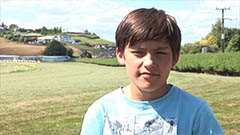
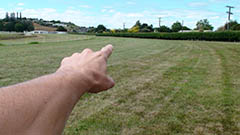

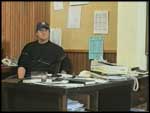
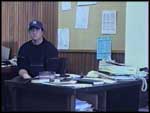
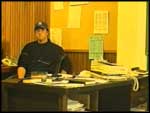
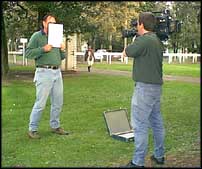 If your camera has a filter wheel (or if you use add-on filters), make sure you are using the correct filter for the lighting conditions.
If your camera has a filter wheel (or if you use add-on filters), make sure you are using the correct filter for the lighting conditions.






